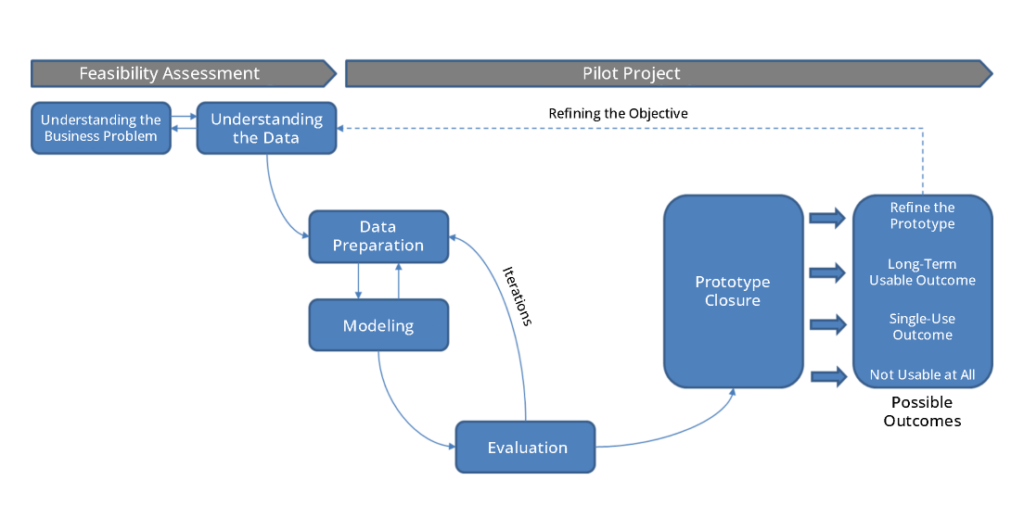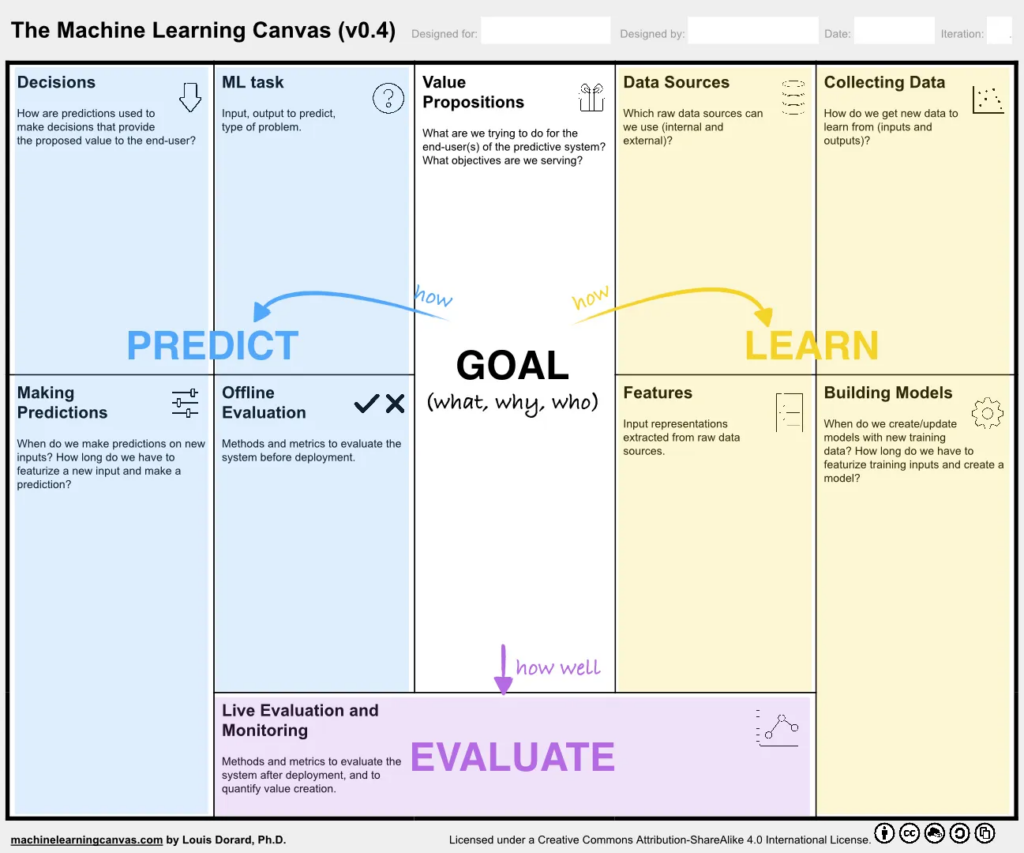Artificial intelligence projects are becoming an essential part of digital transformation, but ensuring their success requires more than just cutting-edge technology. At STACC, we’ve seen firsthand that successful AI implementations depend on clear goals, strong collaboration, and a structured approach.
The building blocks of a successful AI project
A well-executed AI project starts with a solid foundation. Organizations should consider the following critical factors:
- Clear business objectives: AI should serve a defined purpose, solving a real problem rather than being implemented for the sake of innovation.
- Alignment between business and technical teams: Miscommunication between decision-makers and developers can lead to misaligned expectations and wasted resources.
- Defined responsibilities: Both the client and the development team must understand their roles in the project.
- Budget control: AI projects should be managed with a structured financial plan to avoid overspending.
When to involve AI and data professionals?
In some cases, businesses may need to involve AI and data professionals early in the process, especially when facing unique challenges such as:
- Non-standard solutions requiring custom AI models
- Special data protection requirements
- High licensing costs for commercial AI tools
- Long-term AI and data strategy planning
- A need to move quickly and systematically
To successfully launch an AI project, organizations need a structured approach that balances business objectives, collaboration, and financial planning. The following workflow outlines the key steps in AI development, from defining the problem to delivering a scalable solution.

Client and developer responsibilities
AI project success is not just the responsibility of developers – it requires active engagement from clients as well.
Client responsibilities:
- Foster enthusiasm and readiness for AI adoption within the organization.
- Appoint a product owner with a clear vision and decision-making authority.
- Remove roadblocks that could hinder development, such as data access issues.
Developer responsibilities:
- Understand the client’s business needs and translate them into technical solutions.
- Optimize resource allocation to maximize efficiency.
- Deliver a high-quality system that meets the agreed requirements.
Early stages: Managing uncertainty in AI projects
AI development often involves a level of uncertainty, especially in the early stages. Pilot projects are an effective way to mitigate risk. Instead of aiming for large-scale deployment immediately, organizations should start with small, focused initiatives to validate concepts before scaling up.
AI projects often start with a high level of uncertainty. Using structured methodologies helps organizations navigate these challenges while ensuring continuous improvement. The machine learning canvas below provides a framework for breaking down complex AI initiatives into manageable steps.

Financial considerations: Fixed price vs. time and material
One of the key challenges in AI development is choosing the right pricing model. Fixed-price contracts can force vendors to cut corners, potentially compromising quality. Instead, a time-and-material approach, with prioritization and phased deliveries, allows for greater flexibility and ensures a focus on quality rather than just cost.
The inevitable role of AI in the future
AI is not just a passing trend – it is a fundamental shift that businesses need to embrace. The key takeaway for organizations is to start thinking about AI now, even if they are not ready for full implementation. By taking small steps, aligning teams, and fostering a culture of innovation, businesses can position themselves for long-term success.
At STACC, we help organizations navigate the complexities of AI adoption, ensuring that projects are built on strong foundations with clear objectives and measurable outcomes. If you’re considering leveraging AI in your business, let’s talk about how we can make it work for you.






